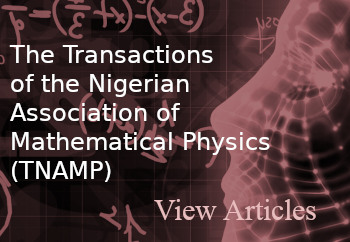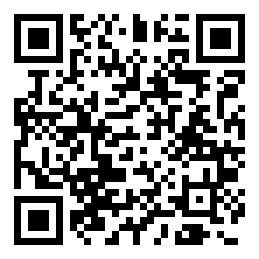INVESTIGATION OF ELECTROMAGNETIC FORM FACTORS, MASSES AND MAGNETIC MOMENTS OF NUCLEON USING QUARK-BASED MIT BAG MODEL.
DOI:
https://doi.org/10.60787/jnamp.v67i2.373Keywords:
MIT bag model, Masses, Magnetic moments, Bag radius, NucleonAbstract
Theoretical results from lattice gauge theory indicate that when distance scale is compared with the size of hadron, quarks interact with an effective interaction which goes linearly with spatial distance. Experimentally, no single quark has been isolated. This leads to concept that large-scale behavior of quarks is characterized by confinement inside hadrons. As the gap between quark and antiquark gets larger, more quark-antiquark pairs are produced such that produced quark is connected to antiquark and vice versa. Isolating quark by separating it from its antiquark would be impossible. With quarks confined inside hadron, useful description of quarks in hadrons is provided by Bag Model. Massachusetts Institute of Technology Bag Model has essential characteristics of quark confinement. This model is used in this work to investigate how quarks can be emptied in new phases of quark matter called the Quark Gluon Plasma. In this model, quarks are treated as massless particles inside a bag of finite dimension and infinitely massive outside the bag. Bag radius of nucleon is determined by MIT bag model based on electric and magnetic form factors of nucleon. Masses and magnetic moments of nucleon are calculated using bag radius. Results obtained show good agreement with results in literature.
Downloads
References
Gao, H. arXive : nucl-ex/0301002v6 (2002)
Chodos, R. L. Jaffe, K. Johnson, and C.B. Thron, Phys. Rev.D,V. 10, No. 8, 2599 (1974).
A.Chodos et al., Phys. Rev. D 9, 3471 (1974).
Walter Greiner, Andereas Schafer “Quantum Chromodynamics”, Springer (1994).
Povh. Rith. Scholz. Zetsthe, “particles and Nuclei”, springer (2004).
Petratos, G. G. Nuclear Physics A6668667 (2001).
Durandlll, L., Phys. Rev. Letters, 6, 6I. McGee (1961).
Lacomb, M., et al., Phys. Lett, 101B, 1 (1981).
Luna, A.,et al., Phys. Rev. Letters, 70, 71 (1993).
L.Andivihas et al., Phys. Rev. D 50, 5491 (1994).
D. H. Lu.,A.W.Thomas, and Williams, Phys. Rev., C 57, 2628 (1998).
Boroun, G. R. and Zandi, M. International journal of Theoretical Physics VOL.12 NO.4, 113(2008).
Lu, D. H., S- N Yang and Thomas, A. W,arXiv: nucl– th/9911065 (1999).
T. Degrand, R. L. Jaffe, K. Johnson, and J. Kiskis, Phys. Rev. D12, 2060 (1975).
M.E.Christy et al., Phys. Rev. C 70, 15206 (2004).
Boroun, G. R. and Naseri, F. International journal of Theoretical Physics VOL.14,1 (2009).
Tong Cheon and Moon TaegJeong, Chinese journal of physics, VOL.21, NO.5,451 (1991)
Downloads
Published
Issue
Section
License
Copyright (c) 2024 The Journals of the Nigerian Association of Mathematical Physics

This work is licensed under a Creative Commons Attribution-NonCommercial-ShareAlike 4.0 International License.




